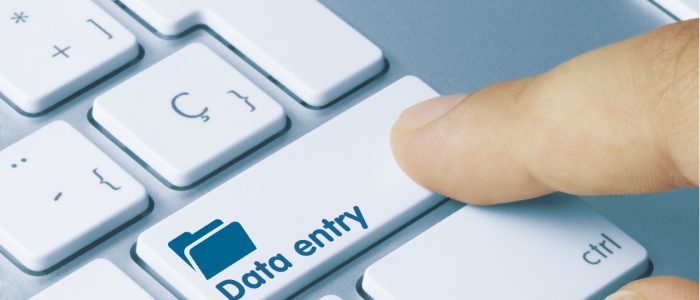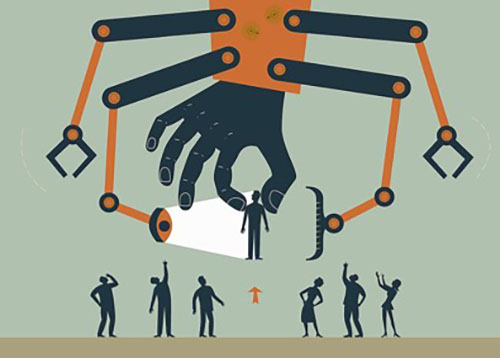What if we could predict a crime and stop it before it happened? It seems like a purely utopian concept. Movies have been made about it (ie. Minority Report), and many of us wish that we could time travel to see what the future holds.
For corporations who would like to prevent fraud, there’s a way to open a window into the future. Believe it or not, it involves data. To be more precise, the method is known as predictive analytics.
A Deeper Look At Predictive Analytics
As its name suggests, predictive analytics allows a business to assess the risk of fraud and other crimes that may take place in the future. It’s a broad field that may use many techniques such as data mining, statistics, modelling and in this modern era, artificial intelligence and machine learning.
Although it may seem like guesswork, much of what predictive analytics does is to look at existing patterns (historical, transactional) to identify risk and opportunities for fraud.
It bears resemblance to meteorology.
When you check The Weather Channel or a weather app of choice, the forecast you see was built upon models and patterns. Combined with observations from weather measuring instruments (ie. barometer), the meteorologists put a prediction together that is quite often accurate.
Predictive analytics works in a similar fashion by examining specific behaviours, numbers, industry-specific models and business-specific patterns to make predictions.
Here’s a simple diagram to explain how this works:

Examples Of Predictive Analytics
- Finance Industry – Banks are using predictive analytics to prevent fraud by monitoring customer transactions and flagging ones that deviate from standard customer behaviour. In terms of halting criminal activities, the finance industry shows the most potential for the use of predictive analytics.
- Cybersecurity industry – Cyber attacks have become a growing threat, but predictive analytics can help enterprises and data centres identify these threats before they happen. This gives businesses room to strengthen their networks.
- Healthcare Industry – Predictive analytics can have lifesaving results in the healthcare industry. Medical professionals and management teams can rely on specific models and patterns to help them identify which patients are more likely to develop a chronic illness or suffer an adverse drug reaction.
How Businesses Can Conquer Crime With Predictive Analytics
The use of predictive analytics can theoretically benefit any business in any industry, but this methodology shows the most potential when it comes to financial security. This is certainly true in instances where crime poses a high risk to a company’s reputation and operations. With that said, there are a few ways predictive analytics can help a business fight fraud and corruption.
The Benefits Of Predictive Analysis
- Establish baselines and historical data points – An important part of predicting what could happen is to set a standard for what shouldn’t. A good data analytics software allows you to set certain thresholds such as a standard amount of materials one should order from a vendor.
- Use historical patterns for comparison – With standards set in place, you can start to observe things like consumer or employee behaviour to find consistent patterns. Continuing with the example of ordering materials, if there was a sudden increase in purchases from a vendor (more than the usual), it could be a sign that something is afoul. The GLAnalytics solution has the ability to detect these types of patterns.
- Consider possible activities associated with a particular pattern – Once you establish a baseline standard and have historical data to work with, you can look for possible outcomes if there’s a deviation from the standard or historical pattern.
Prevention Is Better Than Cure
The standard way to deal with fraud is to take a reactive approach – when it hits, you deal with it. Many believe this is the only way to deal with fraud because no one has the ability to predict future crimes with pinpoint accuracy. However, you can take a proactive stance with predictive analytics.
Much like determining weather and climate changes, you can come close to or within range of a good guess when predicting the likelihood of illicit business activities. That alone can put you a step ahead of criminals.




